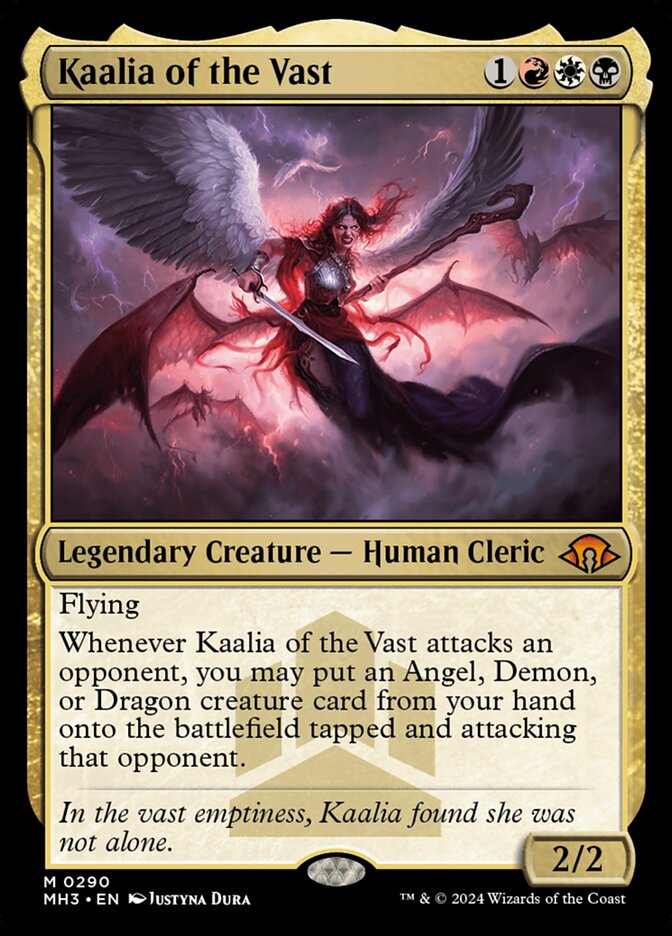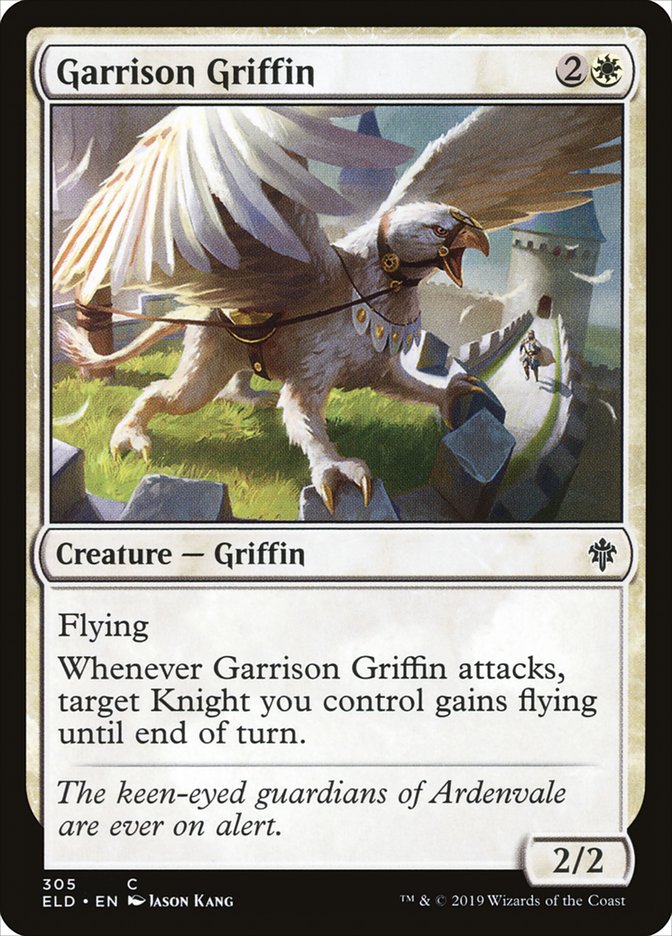
A high-power eternal multiplayer format
Overview
Coalition is an eternal multiplayer format for Magic: The Gathering, played as a match of three games competing for the most victory points. Earn victory points equal to the combat damage you deal to opponents; reach 21 to win the game. At the end of each game, everyone adds their victory points to the scoreboard ranking, and whoever has the most points at the end of the match wins.
Coalition decks are built around creature types. To build one, you'll choose a leader, then build a 60-card deck plus sideboard around one of its creature type affiliations.
Want to get started? Check out the deck library, or explore building your own with the deckbuilder and decklist validator. And join the Discord for community discussions and updates.
Victory Points
Players start each game at zero victory points and earn them equal to the combat damage they deal to opponents; reach 21 and win the game. Win the game through other means? Don't worry, the winner always get 21 no matter how they won.
Victory points matter whether you win or lose a game! Everyone adds their points from each game to the scoreboard ranking; in games two and three, the turn order changes so the players ranked last go first. At the end of game three, the player ranked highest wins.
| Alice | Nancy | Timmy | Spike | |
|---|---|---|---|---|
| Game1 | 12 | 14 | 21 | 4 |
| Game2 | 7 | 16 | 8 | 21 |
| Game3 | 21 | 13 | 10 | 3 |
| Total | 40 | 43 | 39 | 28 |

Leaders
Your coalition's leader is any legendary creature. It starts outside the game in your sideboard, and once on each of your turns, you may put it into your hand from outside the game. Leaders also have similar state-based actions and replacement effects to commanders: they can be removed from the game again if or when they transition zones.
Choose your leader carefully! It's the only legendary card allowed in your deck.
 Leader cards have many uses when in hand: cast them, discard them for a reanimate effect, use them to pay for pitch spell... it's up to you!
Leader cards have many uses when in hand: cast them, discard them for a reanimate effect, use them to pay for pitch spell... it's up to you!
Affiliation
Affiliation describes the creature types that are associated with a card. A card is affiliated with all creature types it is, as well as all creature types referenced in its Oracle text. As an exception, "non-[type]" negations do not count as a reference to a creature type.
Every deck chooses one creature type to form a coalition around, and all cards in the deck will need to be affiliated with that creature type (or unaffiliated).
 Garrison Griffin is affiliated with Griffins and Knights.
Garrison Griffin is affiliated with Griffins and Knights.

Deck Format
Coalition decks are 60 cards with a 15 card sideboard. Creatures and non-basic land cards may be included up to four times, counted by their English card title equivalent. There are no limits on basic lands. All other cards may be included only once, counted by their English card title equivalent.
Restrictions
- No cards from the banned cards list
- One legendary creature is chosen as the deck's leader, and one creature type from its affiliations is chosen as the deck's coalition type
- The leader must be a legendary creature on the front side of the card
- The leader is a single card and starts publicly revealed in the deck's sideboard
- All other cards in the deck are affiliated with the chosen coalition type or are unaffiliated
- Human may not be chosen as a coalition type
-
No other legendary cards other than your coalition's leader.
- This restriction applies to both sides of any double-faced cards, e.g. Westvale Abbey may not be run in any deck, and includes Companions
Other Game Mechanics
- Turn Order
- For game 1, randomly determine the turn order. For games 2 and 3, use the inverse of the players current rankings, e.g. the player with the least victory points goes first, the player with the next least goes second, etc. In the case of ties, the player had a lower turn ranking in the previous game should go before the other.
- Mulligans
- There is no free mulligan
- First player draw
- The first player does draw a card.
- Conceding
- While a player may concede at any time for any reason, conceding automatically invalidates their victory points for that match. The player's ranking is set to 0, and they are removed from any remaining games in the match. As an exception to this rule, if all opponents of a player wish to concede a game simultaneously, this rule does not apply and it is simply as if the player being conceded to had won through any other method.
- Ties
- In the case of any ties at the end of a match, the player with the highest life total at the end of game 3 should be considered the winner.
- Politicking
- As a general rule, politicking is discouraged during Coalition gameplay. While light discussion is fine, players should avoid revealing cards from hand, walking back spells after priority has passed, and so forth.